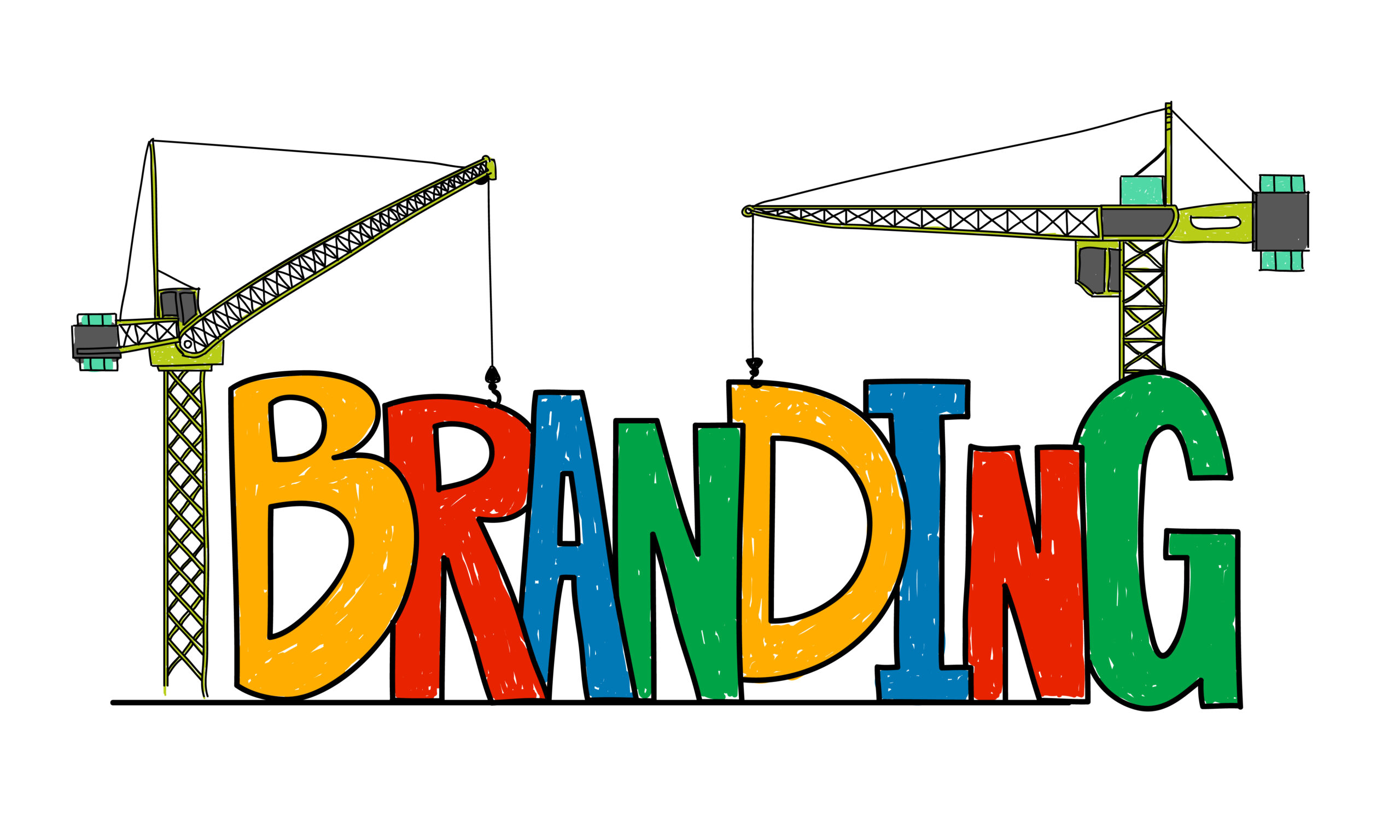Building a Strong Brand Identity: A Step-by-Step Guide

Brand building is more than just creating a logo or a catchy tagline. It’s about crafting a unique identity that resonates with your target audience and sets you apart from competitors. A successful brand goes beyond aesthetics—it involves brand storytelling, brand positioning, and developing a comprehensive branding plan that aligns with your company’s goals.
To build a brand that stands out, you need a solid brand strategy and a deep understanding of your market. Here’s how you can build a brand from the ground while avoiding common mistakes.
Building a Brand

In layman’s terms, brand building is simply the process of creating a strong & unique brand identity in the market that consumers will be able to recognize & trust easily. This process starts from your brand design, going all the way to your brand message & the overall brand experience. A successful brand focuses on creating brand awareness & leaving a lasting impression on their target audience.
Steps to Build a Brand:
- Define Your Brand’s Purpose
Clearly communicate the reason for your brand’s existence. What problems do you solve? What are the values you’re upholding ? A well-defined brand purpose is the most important supporting pillar of your brand.
2. Create a Distinct Identity:
Brand identity includes your logo, colour scheme, typography, and the tone of voice. Ensure consistency across all platforms—this is crucial for brand recognition.
3. Craft a Brand Story:
Storytelling is how brands usually communicate their mission, values, and unique offerings. A good brand storytelling is emotionally engaging and creates a connection with your audience.
4. Ensure Long-term Planning:
A brand isn’t built overnight. It requires ongoing brand development, consistency, and the need to adapt to market changes. Developing a long-term plan provides a clear vision while developing future strategies.
Determine Your Market
Before diving into brand marketing, it’s essential to know who your target audience is and how your brand fits into the market. This research helps you in crafting a branding plan that speaks directly to the right people.
Your Target Market
Understanding your target market is the first step in brand development. You need to know who your customers are, their preferences, and their problems with the current products/services. Failing to pin-point your target market can be disastrous for your resource planning & budget allocation. Tailor your branding efforts & marketing strategies towards the market you wish to target. Thus, increasing the chance of a better turnover.
Choosing Your Target Audience:
After knowing the specific market you wish to target, the next step is researching your ideal target audience. You didn’t think we were going to target the whole market did you?
Choosing your target audience leads us to the question, “What product or service is your brand offering & which group does it suit the best?” I’m pretty sure you have an image already popping up in your mind right now. That is who you’re going to target! Any product or service will have its own, niche group of customers. Some may have a very wide audience like Bata or Nike, whereas some can have a very niche market & audience like Baudouin or Hyundai Excavators.
Target audience research involves studying the following parameters:
- Demographics: Age, gender, location, income, education.
- Psychographics: Values, hobbies, lifestyle choices.
- Behavioural: Purchase habits, online activity, brand loyalty.
Market Positioning
After finalising your target audience, it is now time to determine how you wish to position yourself in the market. Market positioning, as the name suggests, is all positioning yourself in front of your audience such that they are able to immediately pick up on the key differences between you & your competitors. It is also an extremely crucial stage where a lot of brands end up making a mistake in how they wish to be perceived by the consumers.
Positioning affects everything—from your brand messaging to your marketing strategy—thus, making it important in the whole brand building process.
Marketing Your Brand
Once your brand is established, it’s time to release the pigeons. This is where brand marketing comes into play, encompassing digital marketing, lead generation, and building brand awareness through various channels.
- Marketing Strategy
Start by building a clear and targeted marketing strategy. Your goal should be to visualise how you want to guide your audience throughout the whole customer journey & make it in a way that eases them into it in a natural manner while leaving lasting impressions.
2. Budget Allocation
Allocate your budget appropriately, keeping in mind all the necessary areas which demand an intensive amount of resource planning. Designing, content creation, digital advertising etc. are a few such budget heavy fields.
But remember to conduct a thorough research while allocating your budget. Many brands develop this illusion of marketing by dumping most of their budget in online advertising & waiting for conversion to happen without making any actual marketing efforts.
3. Customer Journey Mapping
As mentioned above, mapping out the whole customer interaction process right from the first touch to the conversion & retention part, is extremely important. The whole process should feel welcoming & natural while also leaving a strong impression of your brand’s identity on the customers.
Common Mistakes in Brand Development
Even with a solid brand and marketing strategy, there are common mistakes that can hinder your brand’s growth:
1. Inefficient Budgeting:
Not allocating the right budget can leave your brand with inadequate resources which can hamper the whole process. Thus, it is imperative to invest wisely in both brand development & marketing.
2. Uncertain Long-Term Goals:
Branding is a marathon, not a sprint. Without long-term planning, your brand may lack the ability to adapt to market changes & prepare for expansion beforehand.
3. Inconsistent Brand Messaging:
Inconsistent brand messaging can break the link that customers associate your brand with. Thus, creating a cloudy image of what your brand is & stands for.
4. Indistinct Brand Image:
Having a strong Unique Selling Point(USP) is probably what can make the difference between a good brand image & a mediocre one. No marketing effort can beat the moment when customers are able to recognize your brand in an instant because of that one tiny detail or feature.
5. No Defined Marketing Strategy
Not having a well defined marketing strategy & a proper evaluation procedure is one of the most disastrous things you can do while building a brand. It is literally Branding-101, yet somehow, many people still make mistakes here.
Conclusion
From identifying your market to avoiding common negligence, creating a successful brand involves more than just your logo—it’s about cultivating trust, credibility, and a distinct identity in the minds of the customers.
